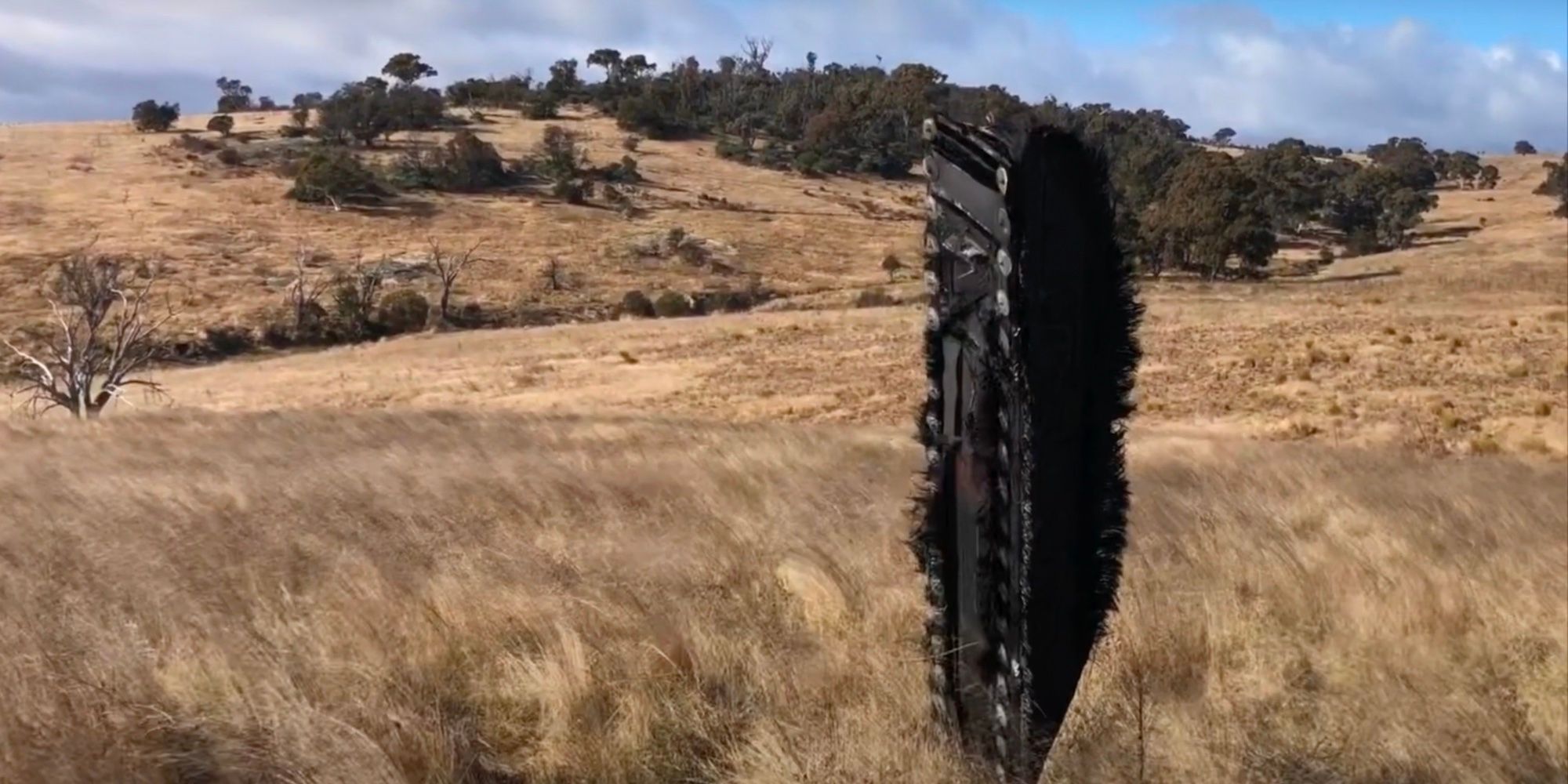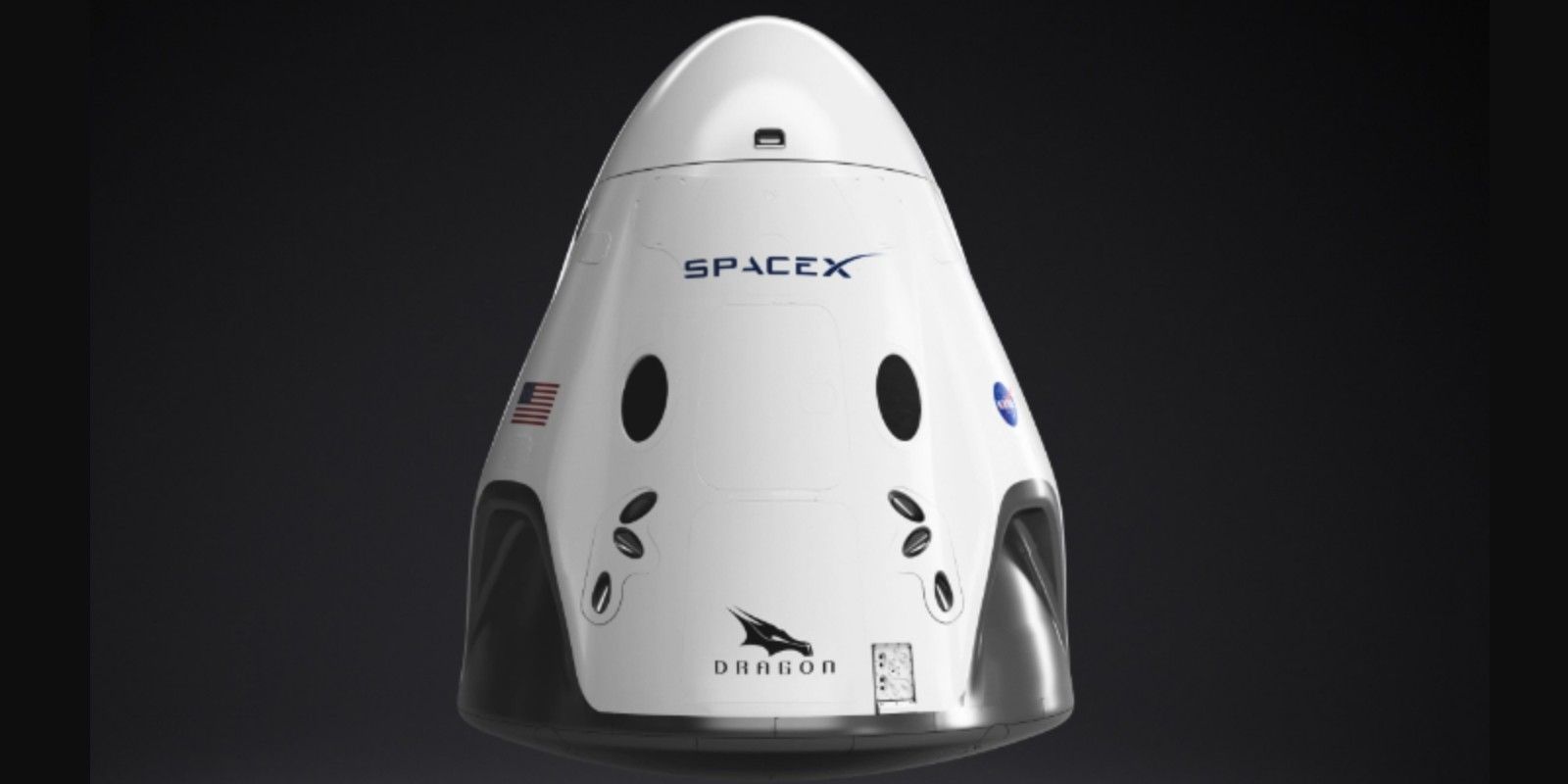Space junk, now confirmed to be from a SpaceX capsule, has crashed into a farming community in rural Australia. Orbital debris, or any human-made object lingering in space that no longer fulfills a desirable purpose, is an increasingly urgent problem. Reports suggest that there are at least 170 million pieces of space junk larger than 1mm orbiting Earth. That detritus poses significant danger to satellites and spacecraft, and occasionally even plummets to Earth’s surface. The quantity of orbital trash is growing so massive that Earth may even develop Saturn-like rings of garbage.
As the quantity of debris in low Earth orbit increases, so do the odds of that debris causing destruction and chaos. Debris that does not burn up on reentry comes hurtling to Earth at breakneck speeds, potentially crashing into inhabited areas. Collisions in space, too, are becoming increasingly common. In-orbit collisions have the potential to disrupt both scientific research and telecommunications services, creating an expensive problem for governments and private industries alike. Alarmingly, such collisions also exacerbate the issue of space trash further. At least 37 pieces of new space debris were created last year when a Chinese satellite crashed into a Russian military rocket.
Discovering debris from space is both rare and surreal. Early in the morning July 9, people across Australia reported a sonic boom, bright lights in the sky, were able to see debris peeling off a falling object. Nearly a month later, two farmers in the Snowy Mountains of New South Wales discovered debris littering their sheep paddocks. A third piece has also been located farther West near Jindabyne. When farmer Mick Miners discovered what appeared to be a nearly 10-foot tall fin from a spacecraft impaling his field, he conferred with neighbor Jock Wallace, who found similar debris. The pair then contacted Australia's civil aviation authority for further instructions, only to be told to call NASA directly. “I’m a farmer from Dalgety, what am I going to say to NASA?” Wallace exclaimed in an interview with ABC News.
The Aftermath Of Uncontrolled Re-entries
The fragment turned out to have been part of a SpaceX Crew Dragon capsule. The farmers contacted Dr. Brad Tucker, an Australian National University astrophysicist, who came out to inspect the detritus. In a YouTube video, Tucker shared how he realized that the re-entry of the SpaceX Crew-1 Trunk, the unpressurized bottom part of the capsule, was tracked over NSW at roughly the same time the debris hit. The capsule’s serial number is also clearly visible on the debris, making the source of the junk something of an open-and-shut case. Tucker’s hypothesis was later confirmed by the Australian Space Agency (ASA), according to The Guardian. What happens next is largely up to the Australian government. Space debris constitutes a legal gray area, and issues of cleanup and damage have been controversial for decades.
Recently, the uncontrolled re-entry of Chinese rockets has made headlines, with experts hoping the debris would land in an unpopulated area. SpaceX had planned for its capsule to land in the Pacific Ocean between Australia and New Zealand, harmlessly crashing into the water as far away from any landmass as possible. Instead, the capsule became what is possibly the largest piece of debris to crash into land in Australia since fragments of NASA’s Skylab space station in 1979. The ASA is in conversations with SpaceX over whether it will collect the debris. Tucker expects that now people know to be on the lookout, more space debris from the SpaceX capsule will be found over the coming weeks and months.
Source: ABC News, Dr Brad Tucker/YouTube, The Guardian


